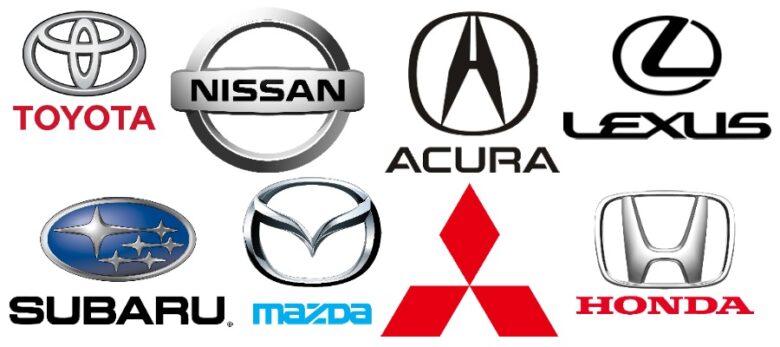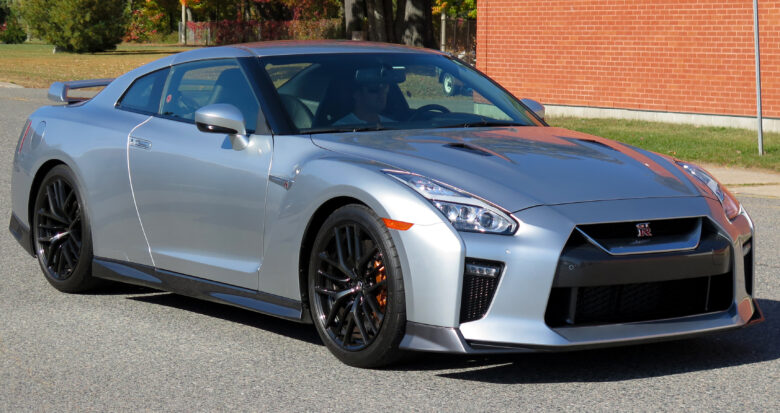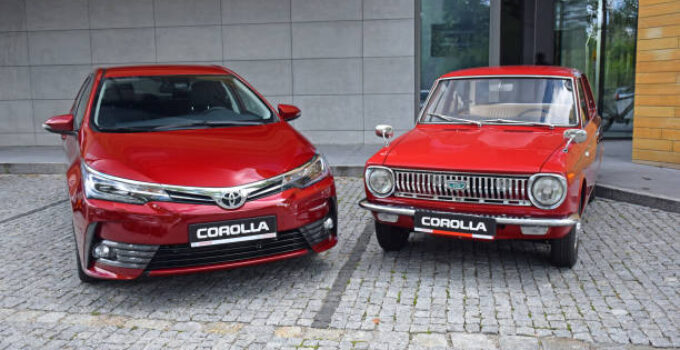The evolution of Japanese automobiles has been a remarkable journey from compact efficiency to performance prowess. In the post-World War II era, Japanese automakers emerged with a focus on rebuilding their nation’s infrastructure and economy.
They invested heavily in research and development, leading to groundbreaking advancements in safety, performance, and environmental sustainability. Over the years, Japanese vehicles have continuously pushed the boundaries of automotive engineering, integrating cutting-edge designs, hybrid and electric technologies, and autonomous features.
This article traces the milestones and key developments that have transformed Japanese automobiles, redefining the standards of excellence in the automotive industry.
Japanese cars have undergone a remarkable transition from small efficiency to performance prowess. Japanese manufacturers emerged from the rubble of World War II determined to rebuild their country’s infrastructure and economy. They pioneered ground-breaking breakthroughs in safety, performance, and environmental sustainability through significant investments in research and development.
Japanese automakers have long been at the forefront of automotive innovation, including cutting-edge designs, electric and hybrid technology, and autonomous features into their vehicles. This article examines the turning points and significant advancements that have changed Japanese autos and raised the bar for excellence in the sector.
Post-World War II Era: The Rise of Japanese Automobiles

Source: nationalww2museum.org
The post-World War II era marked a pivotal period for Japanese automakers. Determined to rebuild their nation, these companies rose to the challenge and became driving forces in the automotive industry.
Through the introduction of compact and fuel-efficient cars, they addressed the pressing need for affordable transportation solutions in a resource-constrained environment. These early models, exemplified by the Toyota Corolla and Honda Civic, showcased the Japanese automakers’ ability to engineer practical, efficient, and reliable vehicles.
The impact of these compact Japanese cars reverberated beyond national borders. Consumers around the world, particularly those seeking affordable and fuel-efficient options, were drawn to the practicality and value offered by these vehicles. As a result, the perception of Japanese automobiles evolved from being “cheap” to being synonymous with reliability and cost-effectiveness.
The Pursuit of Quality and Continuous Innovation

Source: bcg.com
The success of Japanese automakers can be attributed to their unwavering commitment to quality and continuous innovation. These companies have consistently invested heavily in research and development to push the boundaries of automotive engineering and stay at the forefront of technological advancements.
One area of focus has been the advancement of safety features to protect occupants and reduce the likelihood of accidents. Japanese automakers have been at the forefront of developing and implementing advanced safety systems such as ABS, airbags, ESC, and TCS. These technologies have significantly improved vehicle safety, saving countless lives on the road.
Furthermore, the integration of advanced driver-assistance systems (ADAS), such as adaptive cruise control, lane-keeping assist, and forward collision warning systems in Japanese vehicles reinforces their commitment to driver safety and convenience.
Top Japanese Automobiles with Worldwide Recognition

Source: blog.carjunction.com
Here are some of the top Japanese automobiles that have achieved worldwide recognition. These vehicles represent the ingenuity, engineering prowess, and global impact of the Japanese automotive industry.
Toyota Corolla
The Toyota Corolla is one of the best-selling cars worldwide and has been a symbol of compact efficiency for decades. Initially introduced as a small, fuel-efficient car, the Corolla evolved over time to offer a range of performance-oriented variants, such as the Corolla XRS and Corolla GR Sport.
Honda Civic
The Honda Civic gained worldwide recognition for its compact size, fuel efficiency, and reliability. The Civic’s reputation for high efficiency and exhilarating performance showcases the Japanese automotive industry’s transition from compact efficiency to performance prowess.
Nissan GT-R

Source: en.wikipedia.org
The Nissan GT-R, often referred to as “Godzilla,” is a legendary performance car known for its exceptional speed and handling capabilities. Originally introduced as the Nissan Skyline GT-R, it became synonymous with high performance and dominated the racing circuits.
Subaru WRX STI
The Subaru WRX STI is a performance sedan renowned for its rally-inspired design and impressive performance capabilities. Combining all-wheel drive technology with turbocharged power, the WRX STI offers exceptional handling and acceleration.
Lexus LFA
The Lexus LFA is a supercar that showcases the pinnacle of Japanese automotive engineering and performance prowess. With its advanced carbon fiber construction, high-revving V10 engine, and precise handling, the LFA delivers an extraordinary driving experience.
The LFA’s limited production run and technological advancements demonstrate Japan’s capability to produce world-class, high-performance vehicles that compete with the best in the industry.
Captivating Consumers with the Japanese Touch

Source: pinterest.com
Japanese automakers have captivated consumers worldwide by infusing their vehicles with a unique blend of quality, reliability, and attention to detail. The following are key aspects that set Japanese vehicles apart:
- Craftsmanship and Attention to Detail: From the fit and finish of interior materials to the precision of mechanical components, Japanese vehicles are renowned for their exceptional build quality and attention to detail.
- Reliability and Longevity: The emphasis on quality engineering, robust manufacturing processes, and rigorous testing ensures that Japanese vehicles deliver exceptional durability and require minimal maintenance.
- Driving Dynamics and Performance: Japanese automakers have mastered the art of delivering engaging driving dynamics and performance, regardless of the vehicle segment. The integration of advanced suspension systems, responsive powertrains, and precise handling contribute to the captivating nature of these vehicles.
- Value for Money: Combining affordability, reliability, and desirable features, Japanese vehicles provide consumers with a compelling package that meets their needs without compromising on quality or performance. This value proposition has played a significant role in captivating a wide range of consumers globally.
Conclusion
The Japanese automobile industry has come a long way from its humble beginnings as compact and fuel-efficient cars to now dominating the performance market with cars like the Nissan GT-R and the Lexus LFA. With their commitment to excellence and innovation, Japanese automakers continue to push the boundaries of what’s possible in automotive engineering.
If you covet any of these impressive vehicles, there is a wide selection of Japanese cars for sale at Dyler that can satisfy your needs, whether you are looking for fuel efficiency, sleek design, or blistering performance. With their exceptional build quality and impressive track record, it’s no wonder that Japanese cars remain a top choice for car enthusiasts around the world.




